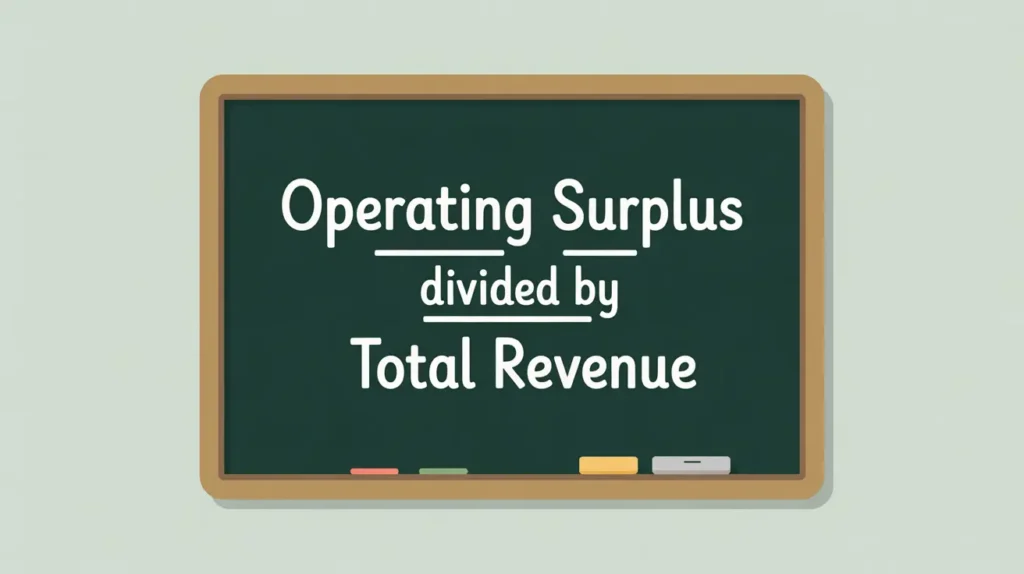Importance of In-Kind Contributions (Goods, Services)
In-kind contributions are a key but sometimes misunderstood source of nonprofit support. They represent the donated goods and services that supplement financial resources and enable organizations to stretch their budgets further. In a funding landscape where donors often prefer to give tangible items or professional expertise instead of cash, in-kind contributions can make a decisive difference. For organizations engaged in social innovation and international development, these contributions can include anything from donated medical supplies and books to pro bono legal services or technical expertise. They matter because they reduce financial pressure, expand organizational capacity, and connect nonprofits more directly with communities and stakeholders willing to contribute their resources and skills toward mission impact.
Definition and Features
In-kind contributions are non-cash donations of goods or services provided to a nonprofit. Goods may include food, equipment, clothing, or office supplies, while services may include legal advice, accounting support, or volunteer professional time. According to accounting standards, in-kind contributions must be recognized as revenue and an equivalent expense if they meet certain criteria: the goods or services are measurable at fair value, and they would otherwise need to be purchased by the organization. Not all volunteer time is recognized, only services requiring specialized skills provided by professionals (such as attorneys, doctors, or accountants). In-kind contributions differ from grants or cash donations because they do not increase liquid assets, though they do add significant operational value.
How this Works in Practice
In practice, nonprofits must carefully manage and account for in-kind contributions. Proper valuation is critical, requiring organizations to assign fair market value to donated goods or services and record them consistently. For example, a law firm providing pro bono legal services must estimate the value based on standard billing rates. Goods like donated food must be valued according to current market prices. Nonprofits often develop systems to track in-kind contributions, both for accounting and for stewardship purposes. Accurate recognition ensures transparency in financial statements and avoids overstating or understating organizational capacity. Programmatically, in-kind contributions can lower costs, expand services, or provide access to expertise that nonprofits could not otherwise afford. However, reliance on in-kind resources must be balanced, as they may not always align with immediate needs or provide flexibility in use.
Implications for Social Innovation
For nonprofits in social innovation and international development, in-kind contributions are particularly significant. Donated goods such as textbooks, vaccines, or relief supplies can directly advance program outcomes, while professional services reduce the burden of overhead costs. Partnerships with corporations and institutions often center on in-kind giving, making it a strategic tool for cross-sector collaboration. At the same time, effective use of in-kind contributions requires transparency and clear communication: organizations must avoid creating dependency on items that are not sustainable or aligned with mission needs. By accurately valuing and reporting these contributions, nonprofits reduce information asymmetry, ensuring that donors, funders, and stakeholders recognize both the tangible and intangible resources supporting impact. In this way, in-kind contributions highlight the diverse forms of generosity and collaboration that fuel sustainable change.







